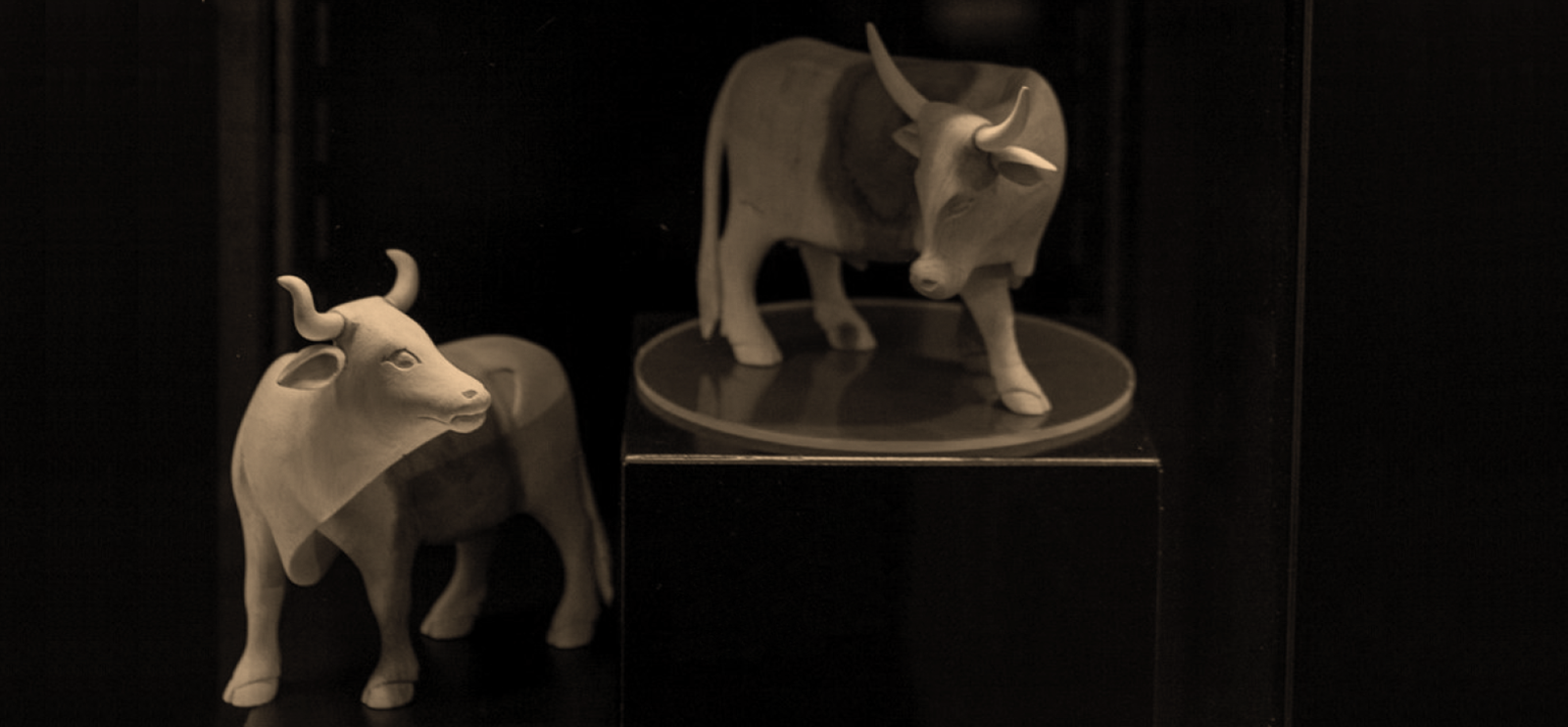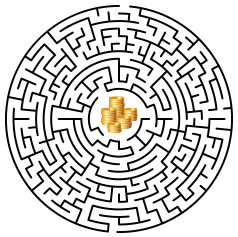When the museum was revamped in 2018, over 300 Minters took the opportunity to join a tour and learn a bit more about the items we produce and how they came to be. We had since conducted ten schools tours and two group tours a month on average before the COVID-19 pandemic forced us to close the museum indefinitely.
Whether you would like to reinvigorate your knowledge from the tour and share it with your friends and family, or you are now motivated to see how the product you contribute to came to be, join us on a journey through the history of currency in
South Africa.






